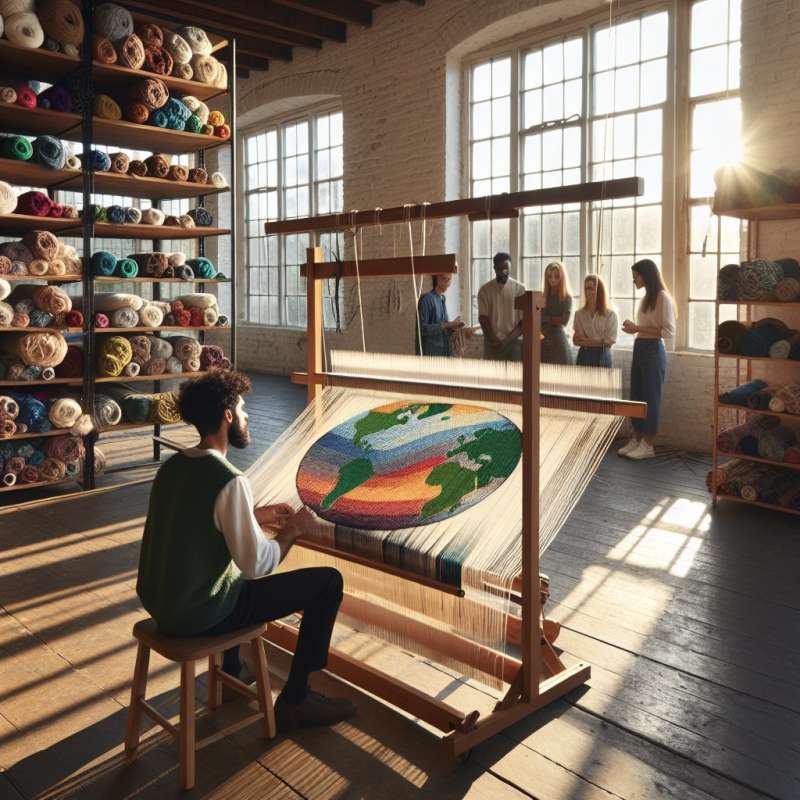
Fiber Art Origins
Fiber art refers to fine art whose material consists of natural or synthetic fiber and other components, such as fabric or yarn. It focuses on the materials and manual labour involved as part of its significance.
Historical Significance
Traditionally linked to femininity and domesticity, fiber art was often marginalized in the art world. However, the 1960s and 1970s feminist movement propelled it into the fine arts sphere, showcasing its creative potential.
Techniques and Materials
Fiber art employs techniques like weaving, knitting, crocheting, and sewing. Artists often use materials ranging from wool and cotton to unexpected elements like metal, plastic, and found objects.
Contemporary Explorations
Modern fiber artists use this medium to explore complex themes such as identity, politics, and culture. They often blend traditional methods with digital technologies, expanding fiber art's boundaries.
Famous Fiber Artists
Artists like Judy Chicago, Faith Ringgold, and Magdalena Abakanowicz have revolutionized fiber art, infusing it with personal and political narratives and transcending conventional craft categorization.
Fiber Art in Exhibitions
Major museums around the world now feature fiber art, such as the Museum of Modern Art and the Victoria and Albert Museum, indicating its rise in the contemporary art scene.
Future of Fiber Art
As sustainable practices gain importance, fiber art's emphasis on materials and creation processes positions it as a leading form in eco-conscious and socially engaged art practices.
What defines fiber art's significance?
The fame of the artist
Materials and manual labor
Colorfulness of the artwork
Company